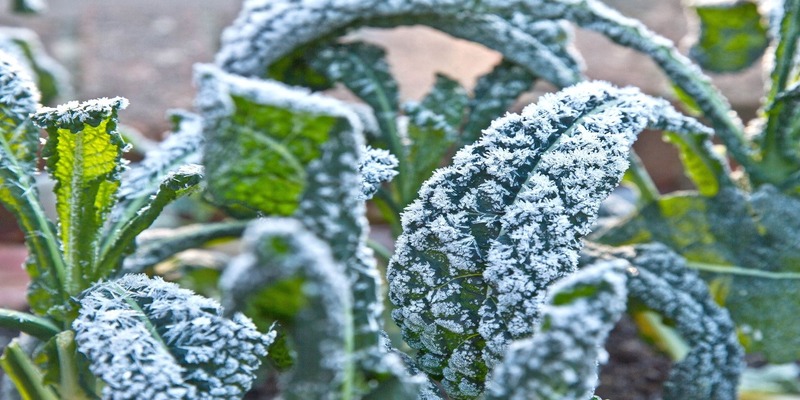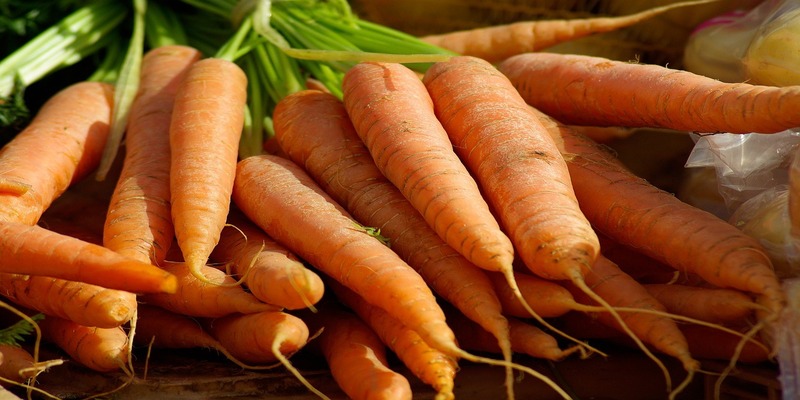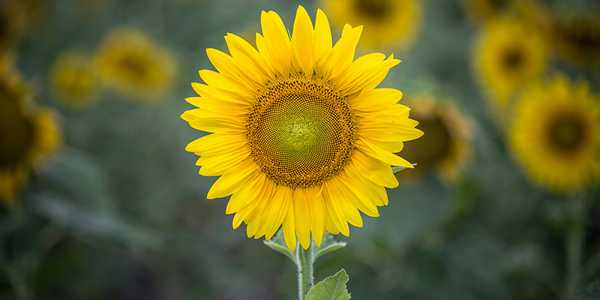Top 7 Pet-Friendly Hotels in the USA: Perfect Stays for You and Your Furry Friends
The 7 World's Most Dangerous Roads: A Perilous Journey
12 Kitchen Color Schemes that Uplift and Inspire
15 Stylish Thanksgiving Home Decor Ideas for the Holidays
10 Fun Mental Health Activities To Boost Your Well-Being
Conscious Vs Subconscious Mind: What's The Difference?
7 Best Vegetables to Overwinter in Your Garden
Winter is coming, and you probably have no idea how to utilize your garden for high productivity. Vegetables are the way to go, but remember that not all vegetables do well in winter. You have to be choosey on this one.
Winter is coming, and you probably have no idea how to utilize your garden for high productivity. Vegetables are the way to go, but remember that not all vegetables do well in winter. You have to be choosey on this one.
In a society dictated by a lot of junky unhealthy food, having an opportunity to not only feast on a fully vegan diet is a phenomenal win. Here, we will discuss the top seven winter favorite vegetables for commercial and home consumption. Come on, gather your vegetarian gear, and let’s get ready for winter.

Kale
Kale gets sweeter after a frost, as the cold triggers the plant to convert starches to sugars. This natural antifreeze not only protects the plant but also enhances its flavor. For the best taste, wait to harvest until after the first frost.
Kale isn't just trendy - it's a cold-weather champion with numerous varieties; you can try Winterbor, Red Russian, or Lacinato (Dinosaur Kale). The plating of kales happens in late summer to early fall, and the harvesting continues through winter.
Carrots

Over winter, carrots left in the ground will become incredibly sweet as the cold weather encourages sugar production. To harvest, simply brush away snow and pull as needed. Cover carrot tops with a thick layer of straw or leaves in areas with harsh winters for extra protection. You can plant carrots in late summer, and the available varieties include Napoli, Mokum, and Merida.
Nothing beats the sweetness of winter carrots!
Garlic
Garlic needs a period of cold to develop properly. Plant cloves in well-drained soil, pointy end up, about 2 inches deep. Mulch heavily after planting. As a bonus, you can harvest garlic scapes (the curly flower stalks) in late spring for a garlicky treat.
Plant garlic in the fall for a flavorful summer harvest!
Spinach
Spinach can withstand temperatures as low as 15°F (-9°C) without protection. Use cold frames or low tunnels to extend the harvest for colder areas. Like kale, spinach becomes sweeter after exposure to frost.
Spinach thrives in cool weather and can survive surprisingly low temperatures. Varieties include Tyee, Space, and Bloomsdale Long Standing.
Brussels Sprouts
Brussels sprouts improve in flavor after exposure to frost. The cold causes the plant to convert starches to sugar, resulting in a sweeter, nuttier taste. Leave them on the stalk and harvest from the bottom up as needed.
These miniature cabbages, in varieties such as Diablo, Nautic, and Dagan, are perfect for overwintering. Plant them in mid-to-late summer and expect a bumper harvest from late fall through winter.
Leeks
Leeks can survive temperatures as low as 0°F (-18°C) when properly mulched. Harvest after a few frosts in late fall through early spring for the best flavor. To extend your harvest, plant several varieties with different maturity dates.
Leeks with varieties such as Giant Musselburgh, Blue Solaise, and Bandit can withstand impressively cold temperatures:
Parsnips
Like carrots, parsnips become sweeter when left in the ground over winter. They can survive temperatures well below freezing and be harvested even when the ground is frozen. Just mark their location before snow falls!
Parsnips are often overlooked but are excellent for overwintering. You can try planting varieties like Hollow Crown, Gladiator, and Albion from late spring to early and expect to harvest from late fall through early spring.
Preparing Your Garden for Winter Success

To ensure your veggies survive the cold:
Choose the right location: South-facing, protected areas are best
Improve soil drainage by adding organic matter to prevent waterlogging
Mulch heavily. Here, use straw, leaves, or compost to insulate roots
Using season extenders such as Cold frames, row covers, or low tunnels can provide extra protection
Reap the Rewards of Your Winter Garden
By incorporating these cold-hardy vegetables into your garden plan, you'll enjoy fresh, homegrown produce long after your neighbors have put their gardens to bed. Plus, there's something magical about brushing away snow to harvest a crisp carrot or cutting fresh kale for a winter soup.
Ready to start your winter vegetable adventure? Share your plans and experiences in the comments below!
Frequently Asked Questions
Q1: Do I need to water my overwintering vegetables?
A: Yes, but less frequently than during the growing season. Water when the soil is not frozen, and there's no snow cover. Aim to keep the soil moist but not waterlogged. Mulching helps retain moisture and regulate soil temperature.
Q2: Can I start these vegetables indoors and transplant them for overwintering?
A: While some vegetables like kale and Brussels sprouts can be started indoors, root vegetables like carrots and parsnips should be directly shown. For best results, follow the planting times recommended for each vegetable, allowing enough time to establish before cold weather hits.
Q3: How do I protect my overwintering vegetables from pests?
A: Winter pests are usually less of a problem, but you should still be vigilant:
Use row covers or netting to protect against birds and rabbits
Check regularly for signs of rodent damage and use traps if necessary
Remove any diseased plant material promptly to prevent spread
In early spring, watch for slugs and snails as temperatures warm
Remember, healthy plants are more resistant to pests and diseases, so focus on providing optimal growing conditions for your winter veggies.











